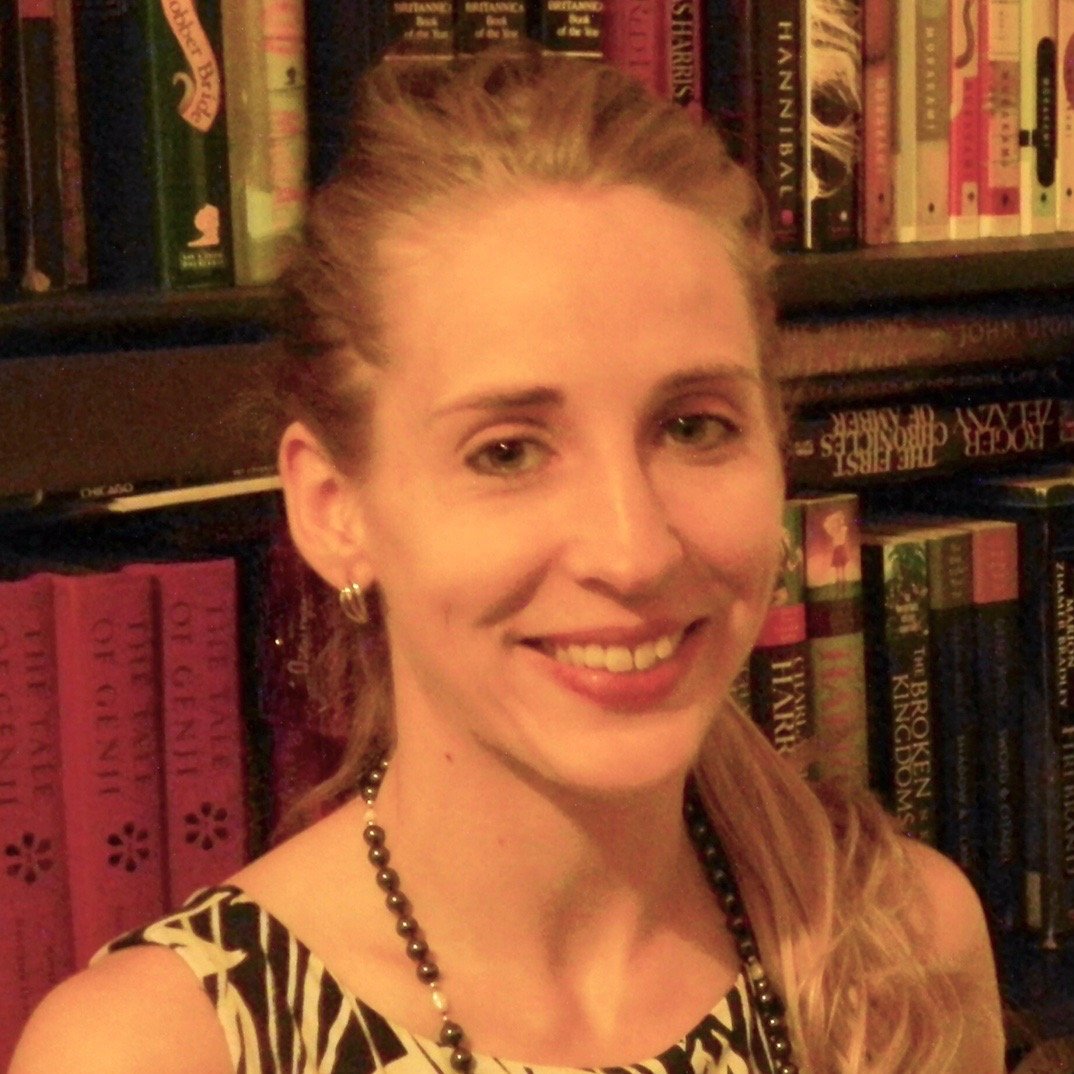How Chicago's Neighborhoods Got Their Names
The neighborhoods of Chicago sprawl across the city’s North, South, and West Sides. Some of these communities’ names have obvious origins (Wrigleyville, of course, takes its name from the Cubs ballpark), while others have titles with a less apparent history. Take a peek at the background behind the names of these eight Chicago neighborhoods.
Back of the Yards

Back of the Yards is a South Side Chicago neighborhood. Today, it has plenty of homes and commercial development, but it has more industrial roots. The neighborhood takes its name from its proximity to the once-bustling Union Stock Yard. The Union Stock Yard Gates still stands today as a historical landmark.
The stockyard was established in 1865 and became a booming center for the meatpacking industry, according to the Encyclopedia of Chicago. The neighborhood has come a long way from its roots (it was heavily featured in Upton Sinclair’s revealing novel “The Jungle”).
Today, you’ll find a mix of attached and single-family homes with a reasonable median sale price of $159,900, according to neighborhoods.com data.
Bucktown

With plenty of places to eat, boutiques, and newer condos, Bucktown is one of Chicago’s perennially cool neighborhoods. The name so synonymous with late nights out and cocktails can be most likely traced back to a bunch of goats. Established largely by Polish settlers, many of the neighborhood’s early residents raised goats. Male goats are known as bucks, hence the name.
Those chic condos play a role in making this neighborhood’s median home price on the higher end: $525,000.
Canaryville

Canaryville, located right next to Back of the Yards, conjures up images of twittering yellow birds. Indeed, the name does have avian ties, but it likely refers to the legions of sparrows attracted to the Union Stock Yard. The name also has a more down-to-earth origin.
Crowds of younger people in the neighborhood were known for being rowdy and earned the moniker of “wild canaries.” Today, the formerly industrial spot has grown into a more residential area with a median home price of $289,000.
Hyde Park

Hyde Park has a beautiful stretch of lakefront, the Museum of Science and Industry, and the University of Chicago. The neighborhood has a well-earned reputation as one of the city’s preeminent scenic spots with attractive home prices (a median of $215,000).
If you feel like you’ve heard the name in connection with somewhere other than Chicago, you’d be right. The neighborhood takes its name from the Hyde Park of London. In the mid-1800s, lawyer Paul Cornell bought 300 acres of land and named it Hyde Park. Initially an independent township, Hyde Park was annexed by Chicago in 1889, according to the report.
Irving Park

Irving Park, a large neighborhood on the Northwest Side of Chicago, once had a different name: Irvington. In 1833, businessman Charles T. Race bought the land the neighborhood still stands on today and named the settlement after author Washington Irving (the creator of Ichabod Crane, the Headless Horseman, and Rip Van Winkle).
The area took on its current name, thanks to another Illinois town already known as Irvington. The neighborhood’s current residents enjoy living in a walkable neighborhood with a median home sale price of $366,000.
The Loop

The Loop is in many ways the heart of Chicago. It has the city’s immediately recognizable skyline; it is the central business district; it has the Theatre District, the Art Institute, and Millennium Park. If a movie or TV show wants to establish a story set in Chicago, viewers will almost certainly see shots of the Loop.
This central neighborhood takes its name from another iconic Chicago symbol: the “L.” The city’s first elevated train began operating in 1892, and eventually formed a loop shape that gave the neighborhood its name. As a collection of towering skyscrapers and magnificent views, the Loop has a reputation as a pricier neighborhood. The median home price here is $382,500.
Pilsen

Pilsen was a neighborhood built by immigrants. People coming from Ireland, Germany, Poland, Italy, and Czechoslovakia settled in this Chicago spot in the 1800s. While home to a diverse cultural crowd, Pilsen got its name from its Czech population.
The restaurant At the City of Plzeň (Plzeň is a city in the Czech Republic) is the genesis of the Lower West Side neighborhood’s name. Chicago’s Pilsen is currently known for its street art, record shops, and amazing food. The median home price in the neighborhood is $399,000.
Printers Row

The pocket neighborhood of Printers Row, a part of the larger South Loop, is immediately recognizable thanks to the red brick of the Dearborn Station clock tower. The neighborhood earned its name from the presence of several major publishing companies.
The small area still honors its literary origins with the annual Printers Row Lit Fest. As a part of the city’s denser downtown, Printers Row homes are mostly condos and lofts. The median home sale price here is $269,500.

